Mondo Novo — plate 55
The Arti che vanno per via nella città di Venezia (1753, 1770, 1785, etc.), by Gaetano Zompini (1700–1778), contains sixty engravings of common, mostly poor people, peddling their trades on the streets of Venice in the mid-1700s.
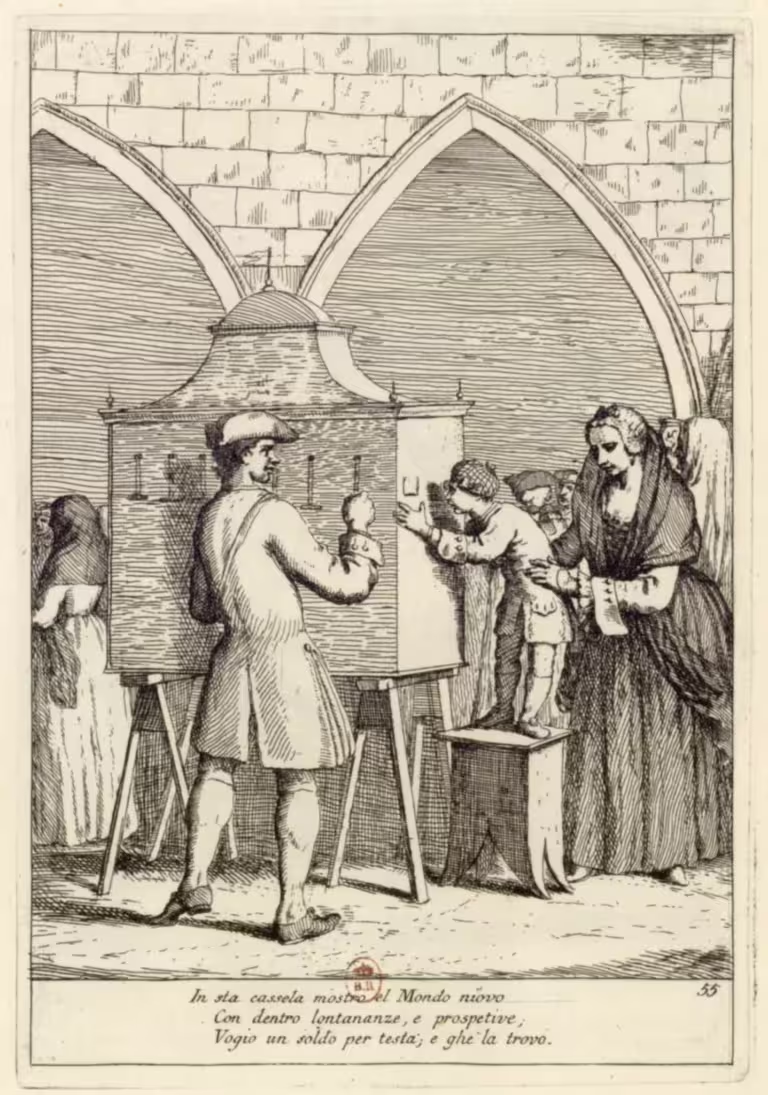

Text
In sta cassela mostro el Mondo niovo Con dentro lontananze, e prospetive; Vogio un soldo per testa; e ghe la trovo.
Translation
In this box, I show the New World
With inside distances and perspectives;
I want a soldo per head; and I find them.
Notes
The mondo nuovo (peep box or raree show) was common street entertainment in the 1700s.
A series of images are displayed inside, and looking through a peephole, sometimes with a lens inserted, it gave an impression of three dimensions and long distances.
The display inside could be changed or animated by pulling strings on the outside, which also appears on Zompini’s engraving.
The words mondo nuovo means new world. A possible reason is that the images displayed inside were of faraway and exotic lands.
A soldo was a copper coin in common use in the 1700s.
See Boerio (1829), entries CASSÈLA, SOLDO.
Curiosities
There is both a canal and an alleyway in Venice with the name Mondo Nuovo, at Santa Maria Formosa. According to Tassini (1863), the name comes from a tavern named the Bastion al Mondo Nuovo. The name of the tavern likely came from the peep box.
The Dizionario del Dialetto Veneziano by Giuseppe Boerio, my go-to dictionary for anything Venetian, doesn’t have the mondo nuovo as a peep box. For him, it was slang for ‘behind,’ as in ‘arse.’
All images
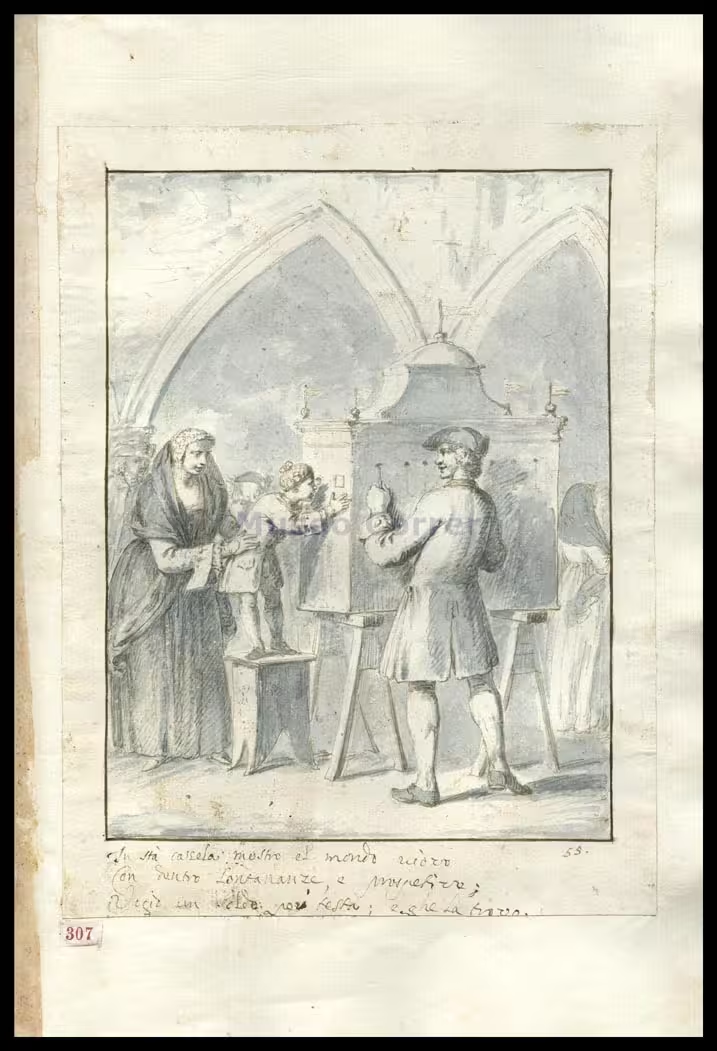
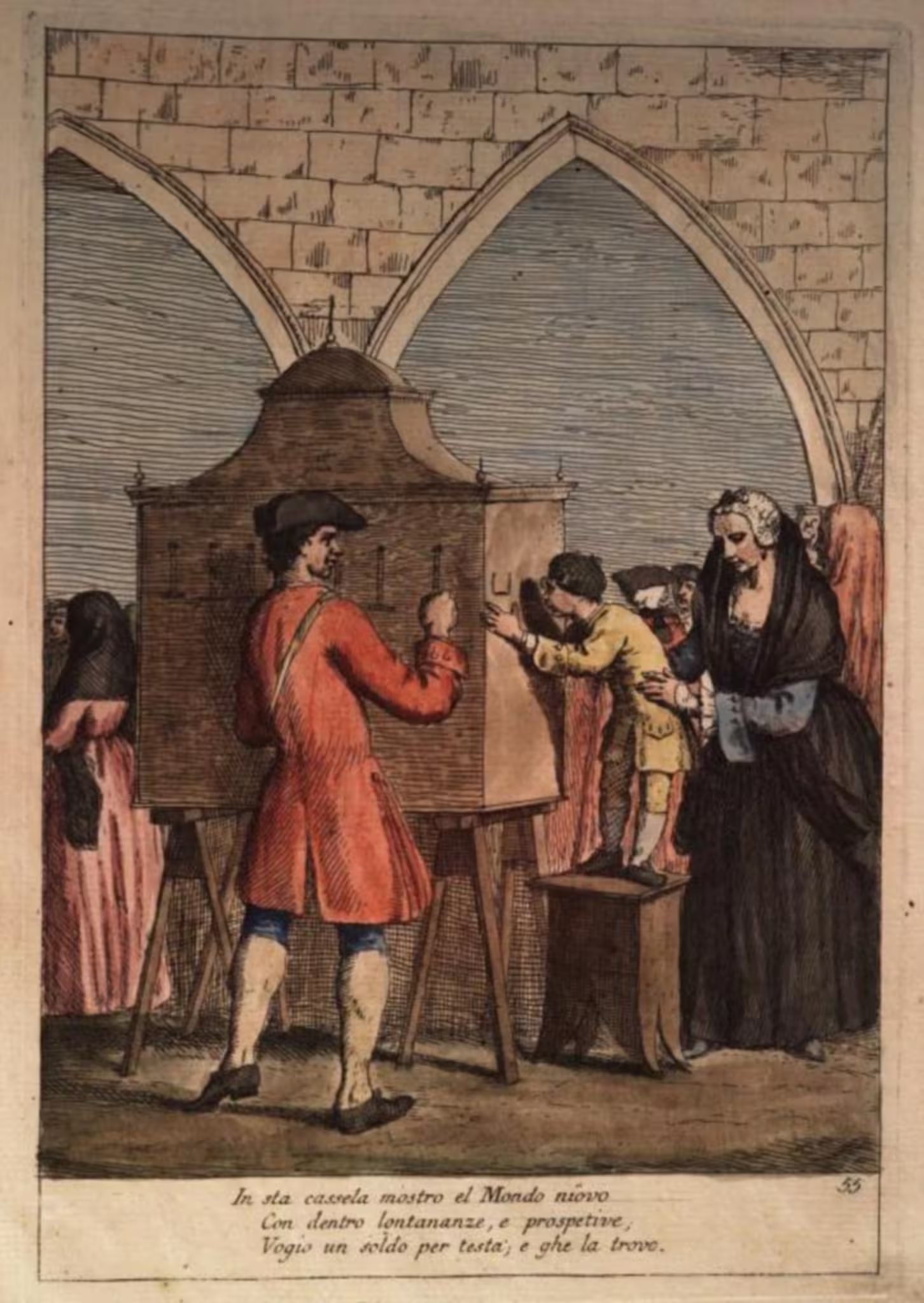

Related articles
Bibliography
- Boerio, Giuseppe. Dizionario del dialetto veneziano. Venezia : coi tipi di Andrea Santini e figlio, 1829. [more] 🔗
- Tassini, Giuseppe. Curiosità Veneziane ovvero Origini delle denominazioni stradali di Venezia. 1863. [more] 🔗
- Zompini, Gaetano. Le arti che vanno per via nella città di Venezia inventate ed incise da Gaetano Zompini, Aggiuntavi una memoria di detto autore. Venezia, 1785. [more] 🔗
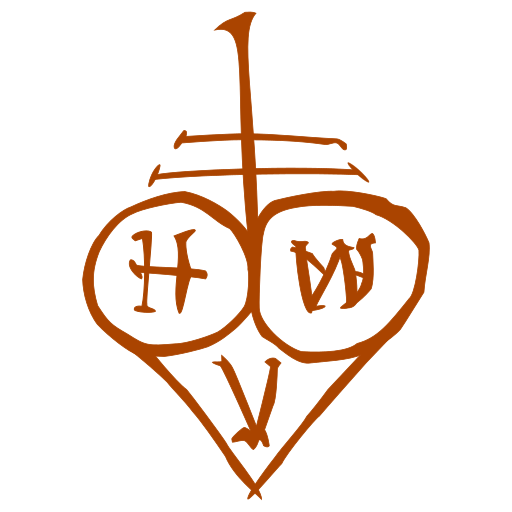
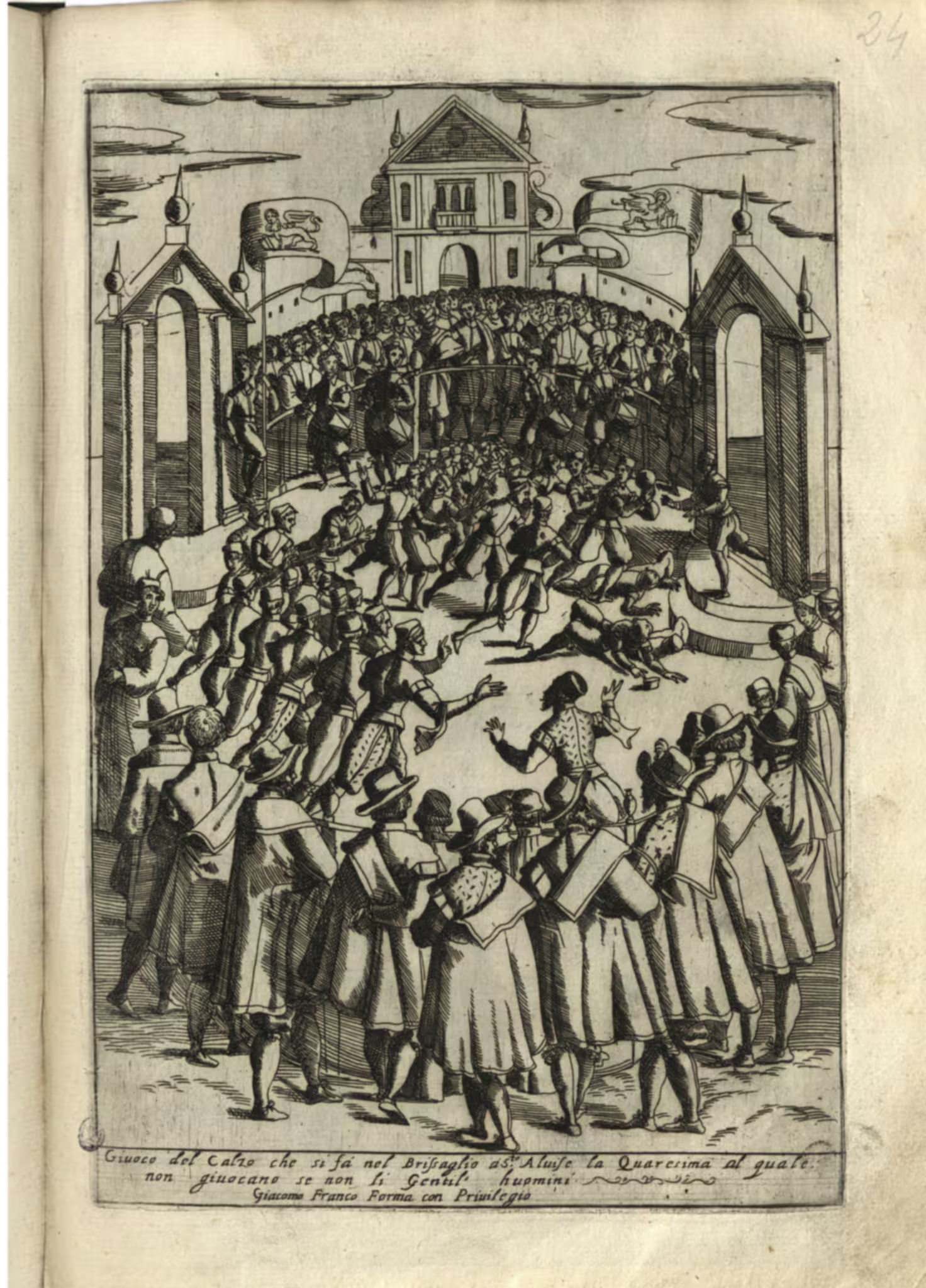
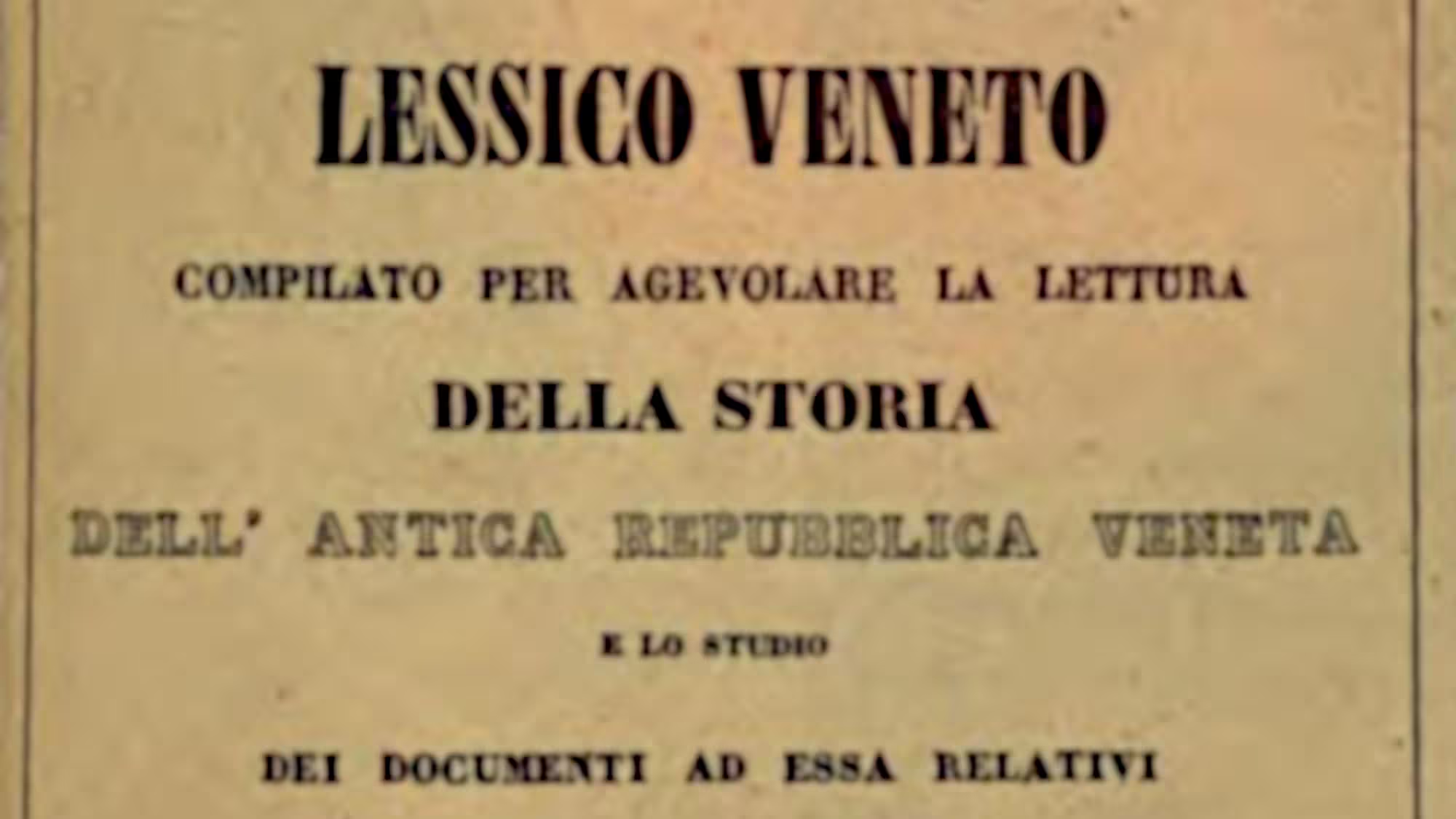
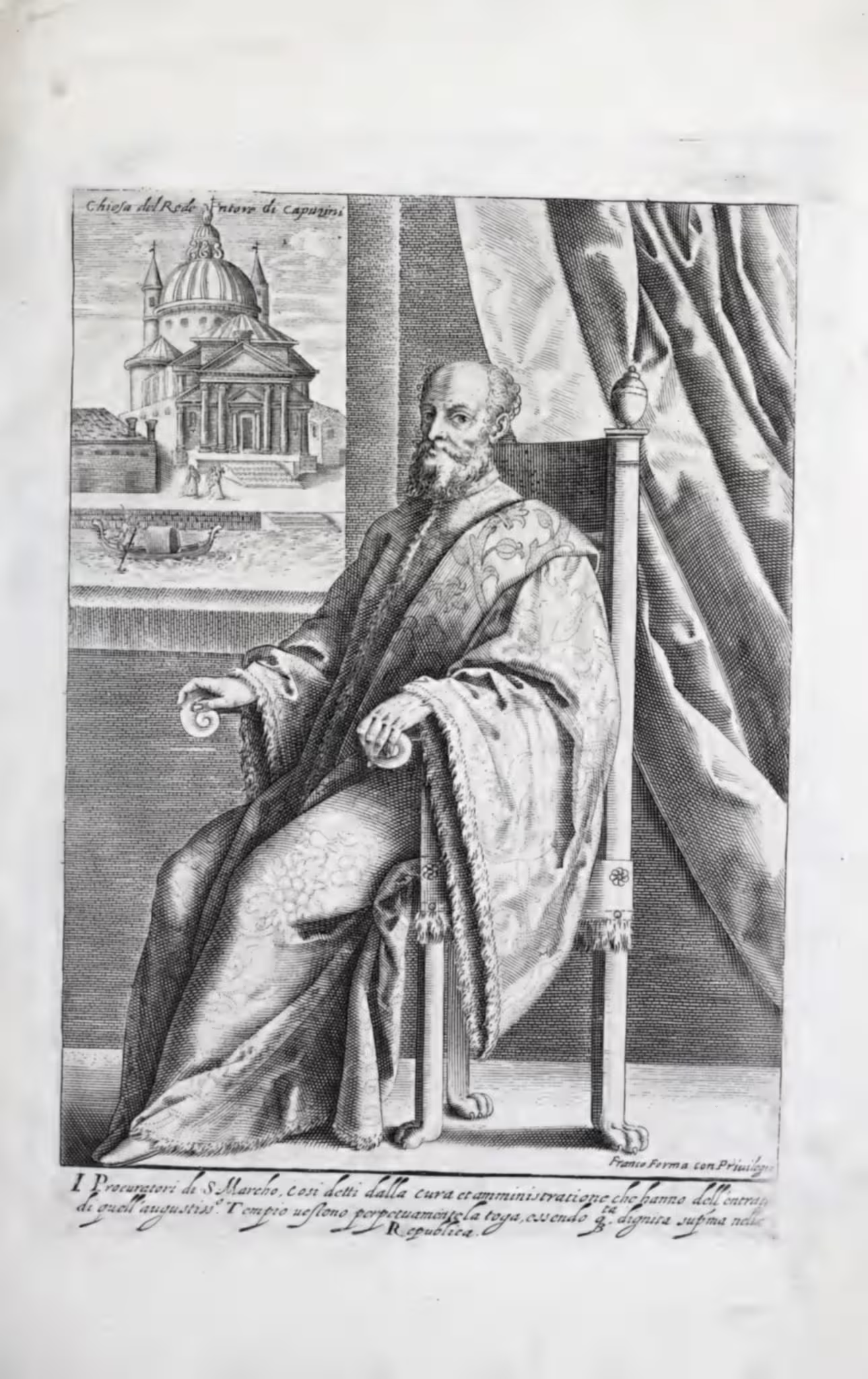
Leave a Reply